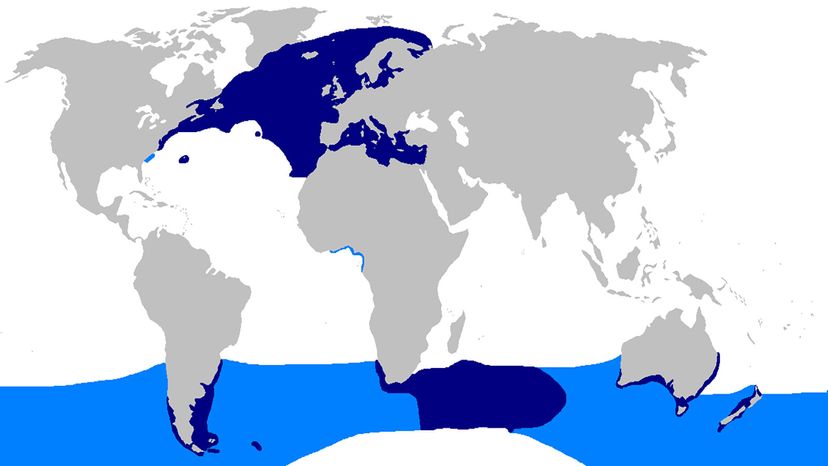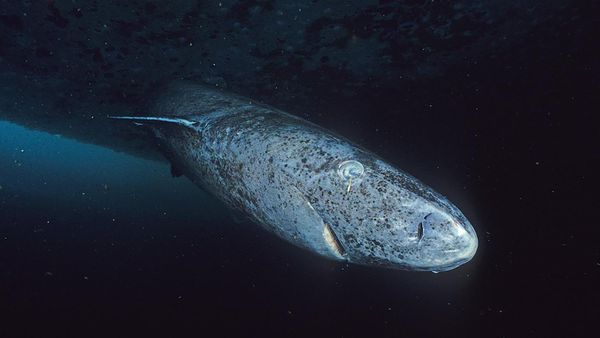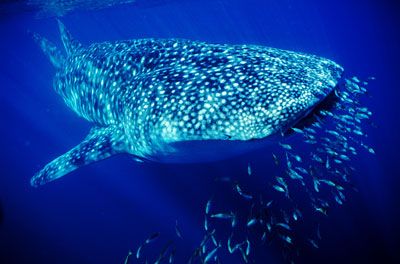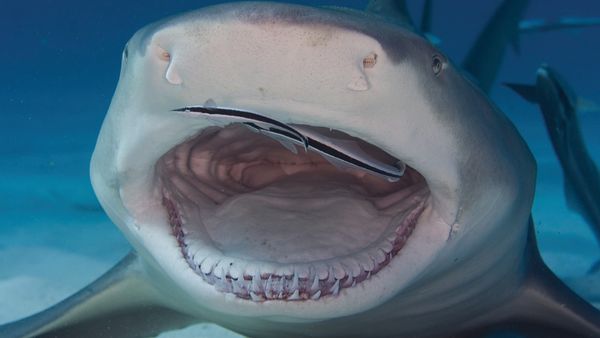
We'll just go on the record as saying "porbeagle" is the cutest shark name ever coined. Akin to the great white, porbeagles (Lamna nasus) look a lot like their movie star relatives.
One major difference? Size.
Advertisement
Great white sharks are some of the biggest living fish; they can grow over 19 feet (i.e., 5.8 meters) long and weigh 4,343 pounds (1,970 kilograms). Porbeagles have a maximum length of 12 feet (3.65 meters), but most adults are half that size or smaller. The heaviest individuals only weigh around 500 pounds (227 kilograms).
Another way you can tell the two species apart is by looking at the face. Compared to the great white, the porbeagle has a longer snout.
If you'd rather not come nose-to-nose with either shark, check out the first dorsal fin. On porbeagles, this appendage — located on the fish's backside above and behind the gill slits — has a distinctive patch of white or grey skin.
So there's that.
But let's move over to the "similarities" column, shall we? Both fish share an amazing mechanism that lets them keep warm in very cold waters — a privilege granted by strong muscles and a complex circulatory system.
Advertisement



